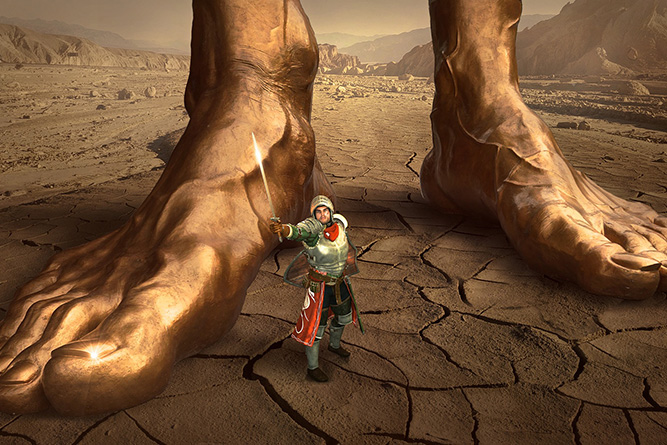Barbara O’Connor
Measuring the Giant is a K–6 activity that uses ancient units of length based on body measurements, the span and the cubit, to determine the height of a giant. The students’ only instruction, although a story could be made up with it, is the number of spans and cubits. Descriptions or demonstrations of a span (distance between the little finger and thumb when the hand is spread out) and a cubit (distance between the elbow and tip of the middle finger) are given.
The problem can be tailored to age by the number of cubits and spans. For example, how tall is the giant? It was said to be 12 cubits and 5 spans tall. Descriptions of a cubit and span are given.
This activity results in a great deal of problem solving because students likely don’t know where to start. They often need lots of time to figure it out. Let them persevere, observe, connect with other groups and struggle somewhat. They may create the full length of the giant using paper, or you may see the beginnings of iterations. Some will end up using both partners and their cubits (even though the lengths are different). All giants will likely end up a different size. What you will also notice is their ability to use a meter stick. I have done this activity with Grade 2s and 4s. The activity can last several days with great discussions about the differences in measurements and why standard tools were created. Grade 2s could make their own rulers. Further extensions and comparisons are highly probable for exploration.
With 12 years’ experience as an elementary educator, Barbara O’Connor is moving to support educators in their professional learning needs by pursuing further education in a doctoral program. She is passionate about hands-on learning for both students and educators, with supports to make that both meaningful and connected to their contexts, especially in mathematics. Barbara has used this activity in her classroom and found it to be engaging for students.






